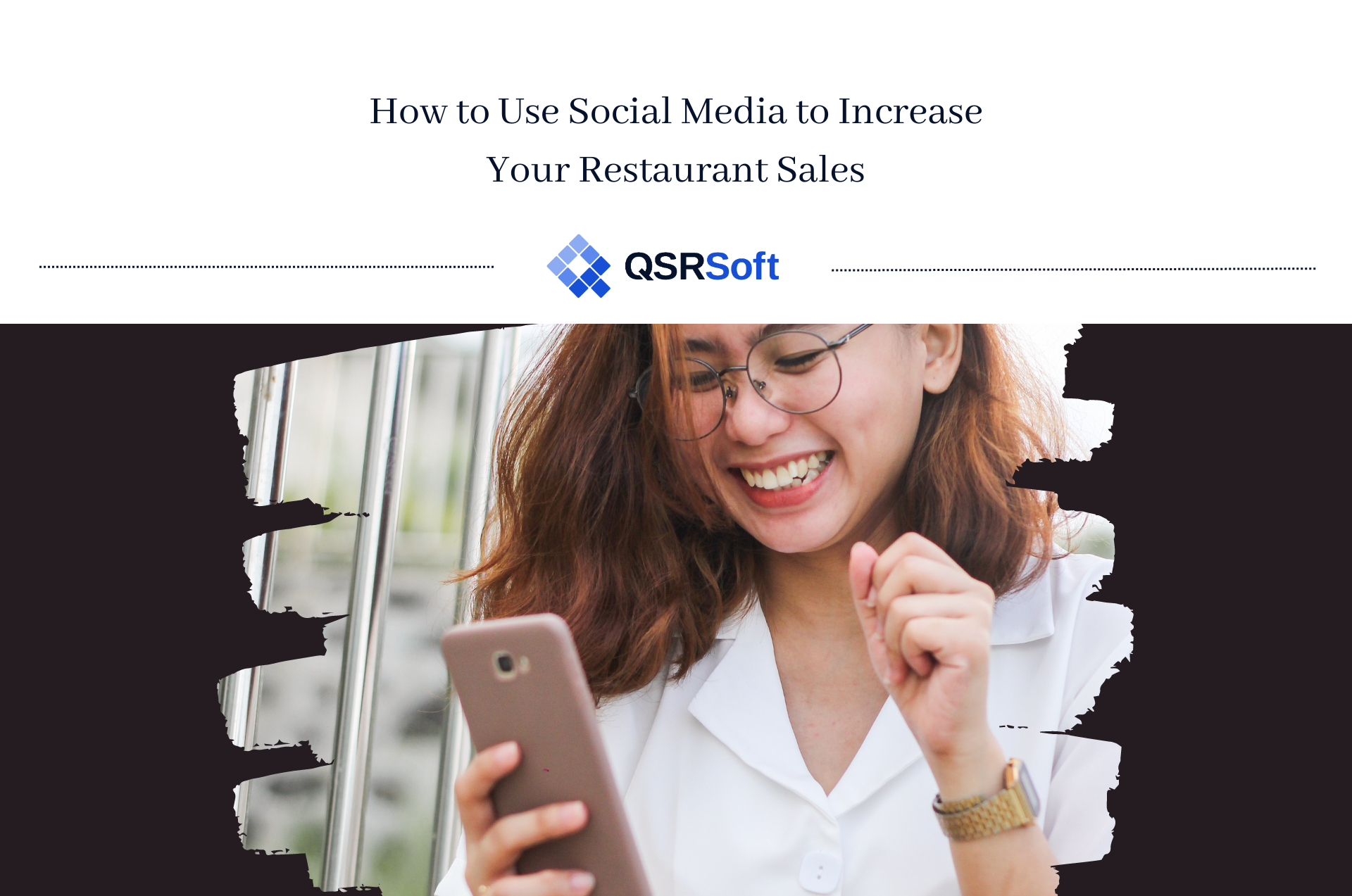5 Tips for Maximizing Your Digital Content to Build Community and Loyalty Around Your Brand
The digital age and social media have completely changed how we market and advertise. We’ve come a long way since the days of radio ads and mailers.
Social media and digital ads have revolutionized marketing, allowing you to target the perfect audience for your restaurant. This means you won’t be wasting your advertising and marketing budget on people who aren’t likely to visit your restaurant.
Here are five tips to help you maximize your digital marketing and advertising efforts to increase your restaurant sales.
1 | Have an Organic Presence
One of the biggest blunders business owners make is only focusing on paid digital ads and not having an organic presence on a platform. When you only focus on paid ads, it looks like you aren’t interested in building connections with your audience. Building connections and creating community is what keeps consumers coming back to your restaurant repeatedly. So be sure to share organic (free) content on your profiles to cultivate loyal customers. Some ideas of engaging content include:
- Behind-the-scenes photos and videos
- Photos of your food
- Photos of happy customers (make sure to get their permission to share first!)
- Business updates (hours, offerings, etc.)
- A digital menu (today’s consumers love to see your fare before stepping in the door)
- Employee profiles (people love to see the faces behind the brand name)
2 | Don’t Skip on Paid Ads!
The second pitfall is focusing only on organic content and not running ad campaigns. While organic content focuses on getting customers to return, paid ad campaigns can reach potential customers or encourage customers who haven’t visited in a while to return. Be sure to utilize the platforms’ geo-targeting tools to make sure you are targeting the right audience. If your restaurant is in Boston, you don’t want to advertise to people in Chicago! Once your ad is up and running, you can’t just let it go. You’ll need to routinely check in on the insights and data, then adjust your ad campaign to improve its performance.
3 | Focus on Rich Content
Go deeper and build trust by focusing on rich content. What is rich content? It is content that is free but also offers something of value. For a restaurant, it might be highlighting your use of locally grown produce, showcasing seasonal meals, or sharing food allergen information. One of the best ways to share this valuable information is by starting a blog. Blog posts are also perfect for sharing on link-based platforms like Facebook and Pinterest, furthering your reach!
4 | Be Consistent
The algorithms on the social platforms reward consistency. Set yourself a schedule for posting and stick to it. Consistently sharing organic content means the algorithm will rank your content higher, which leads to a broader reach and can work in conjunction with your paid advertising efforts. Consistency can also bring you higher engagement levels, which further improves your ranking on the platform and in turn leads to even more reach. To help you be consistent, try using a scheduling platform so you can stay on track with your social posts.
5 | Engage with Your Audience
Finally, when your audience interacts by commenting on posts or leaving a review on a platform, be sure to engage back! Also, be sure to engage with both positive and negative comments. When it comes to dealing with negative feedback, make an effort to resolve the issue with the unhappy customer by publicly apologizing and then asking them to reach out privately to resolve the problem.
Key Takeaway
Social media and digital advertising can help you get the word out about your restaurant! You can build community around your brand and engage with customers while providing them fun and educational content. Don’t forget to make sure that all of your social profiles are on brand–keeping your logo, colors, and voicing consistent across all platforms to create a cohesive experience for your audience.

